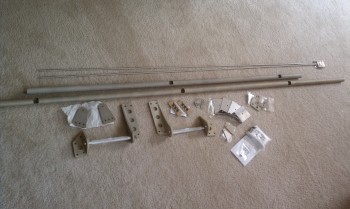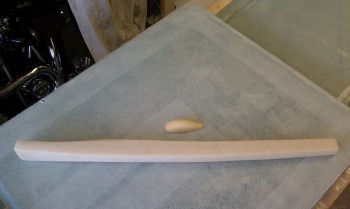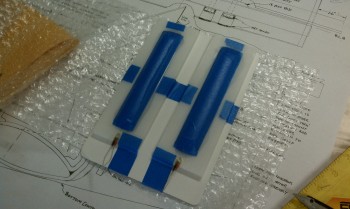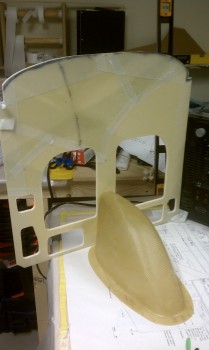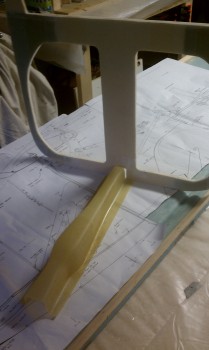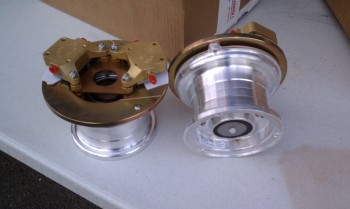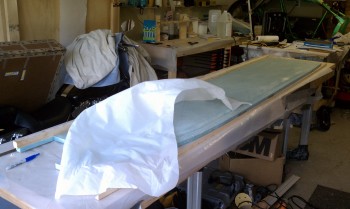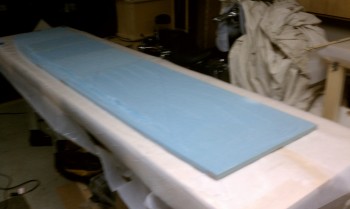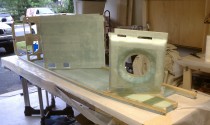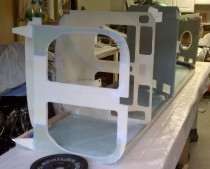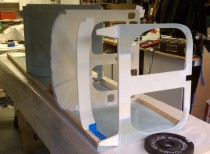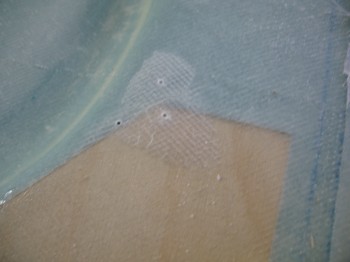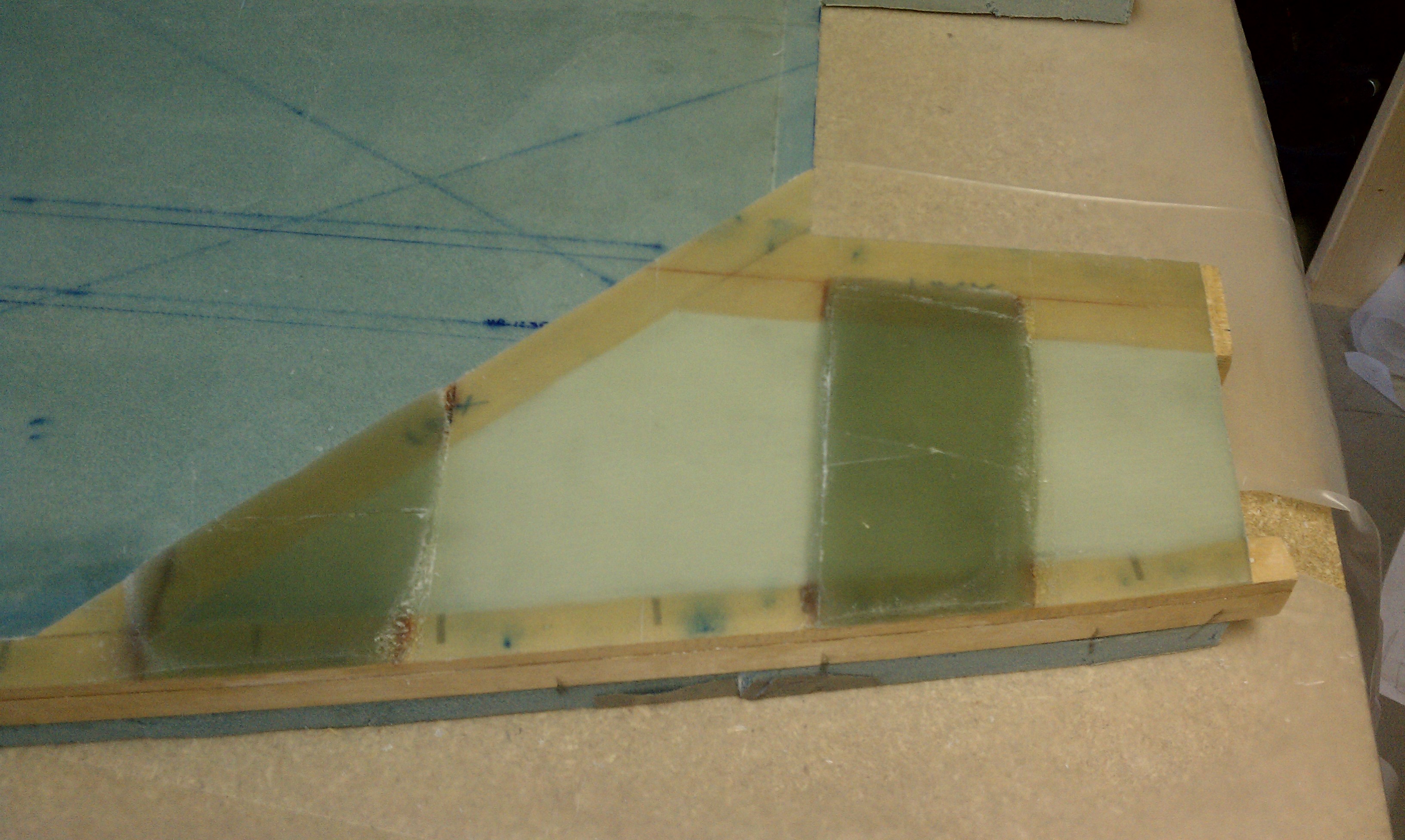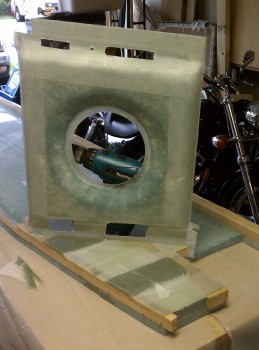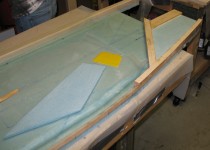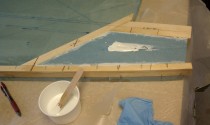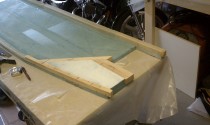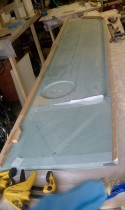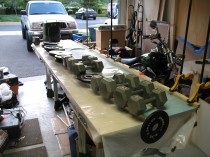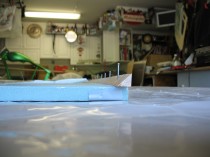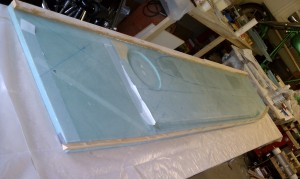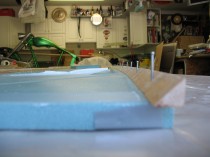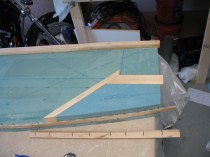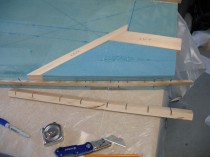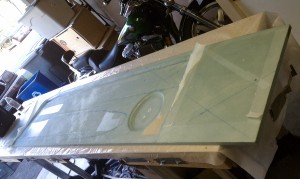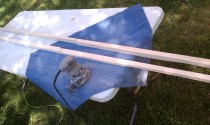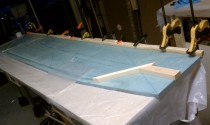Santa (UPS guy) came today! Got my hardware from the Cozy Girrrls, and it’s some really nice looking stuff! All the parts are either cadmium plated steel or Alodined aluminum for corrosion control. Still trying to figure out all the pieces and I have to flip through the plans a bit to remember what is going to go where.
The long tubes are for the elevators that hang off the canard. The two quasi-triangular shaped pieces in the middle-left with three holes drilled at the bottom are the mounting tabs for the canard. Normally these are 1/8″ thick but I opted for the 1/4″ thick ones because they were only just a tad heavier, twice as thick and available!
Right now I need the Main Landing Gear Mount Assemblies (LMGA) and here they are. The instructions on how to put this all together and what goes where is on the large plans drawing Page A5.

